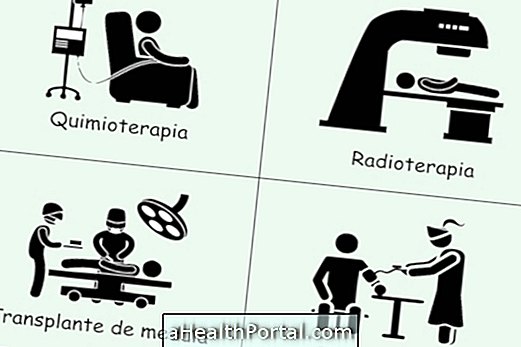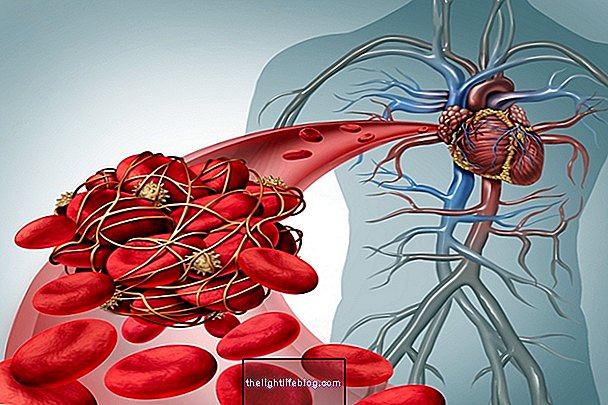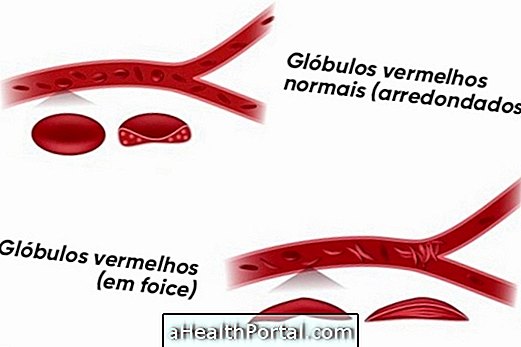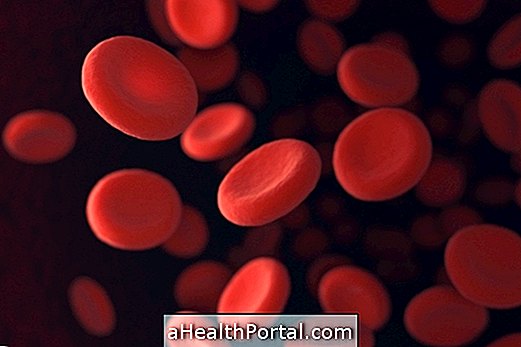In most cases, the cure of leukemia is achieved through bone marrow transplantation, however, although it is not as common, leukemia can be cured only with chemotherapy, radiation therapy or other treatment. Learn more about transplantation in: Bone Marrow Transplant.
The chances of cure of leukemia vary with the type of leukemia, its severity, the number and type of cells affected, the age and the patient's immune system, and acute leukemia, which develops rapidly, presents a greater chance of cure than chronic leukemia, which develops more slowly, is identified later and, therefore, has a lower chance of cure.

Treatments for Leukemia
The treatment of leukemia varies according to the type of leukemia that the patient has and its severity, however, the treatment usually involves:
1. Chemotherapy
Chemotherapy consists of the administration of medications that can be in the form of tablets or injections directly applied to the vein, spine or head that are usually taken in the hospital during an inpatient phase. The oncologist may prescribe the use of only one or more drugs at the same time, depending on the type of leukemia the person has.
The interment can last for days or weeks but the person leaves the hospital and returns home to recover better. But after a few weeks or months at home the doctor may request a new phase of hospitalization to carry out a new cycle of chemotherapy that can be done with the same or with other medicines.
See what they are and how to deal with the side effects of chemotherapy.
2. Radiation therapy
Radiation therapy consists of applying radio waves, emitted by a specific device inside a cancer hospital, to a region that has a cluster of cancer cells for them to be eliminated. Radiation therapy is particularly indicated when there is a risk of cancer spreading to other areas of the body.
Learn what to eat to relieve the effects of radiation therapy.
3. Immunotherapy
Immunotherapy is a type of treatment that makes the monoclonal antibodies bind to cancer cells so they can be combated by the body's natural defense system and also with specific medications. Immunotherapy with interferon causes it to slow down the growth of cancer cells.
Find out which are the most commonly used Monoclonal Antibodies.
4. Bone marrow transplantation
Bone marrow transplantation is one form of treatment for leukemia and involves injecting into the patient's bloodstream a healthy person's bone marrow cells so they produce healthy defense cells that can fight cancer.
The chances of cure for leukemia are in the following table:
| Type of leukemia | Treatment | Healing chances |
| Acute Myeloid Leukemia | Chemotherapy, radiation therapy, blood transplants, antibiotics and bone marrow transplantation | Higher chances for cure |
| Acute lymphoid leukemia | Chemotherapy, radiation therapy, corticosteroid injections and bone marrow transplantation | Higher chances of cure, especially in children |
| Chronic myeloid leukemia | Life-specific drugs and, in severe cases, chemotherapy and bone marrow transplantation | Less chance of cure |
| Chronic Lymphoid Leukemia | It is usually only done when the patient has symptoms and includes chemotherapy and radiation therapy | Less chance of cure, especially in the elderly |
The time of treatment of leukemia also varies according to the type of leukemia, its severity, the organism and age of the patient, however, it usually varies between 2 to 3 years, and in chronic myeloid leukemia it can last a lifetime .
When the treatment is effective and the patient is cured, he should only do tests every 6 months to confirm that the disease does not appear again, being free of any treatment.
Here's how feeding can help treat leukemia in:
- Home remedy for leukemia
























